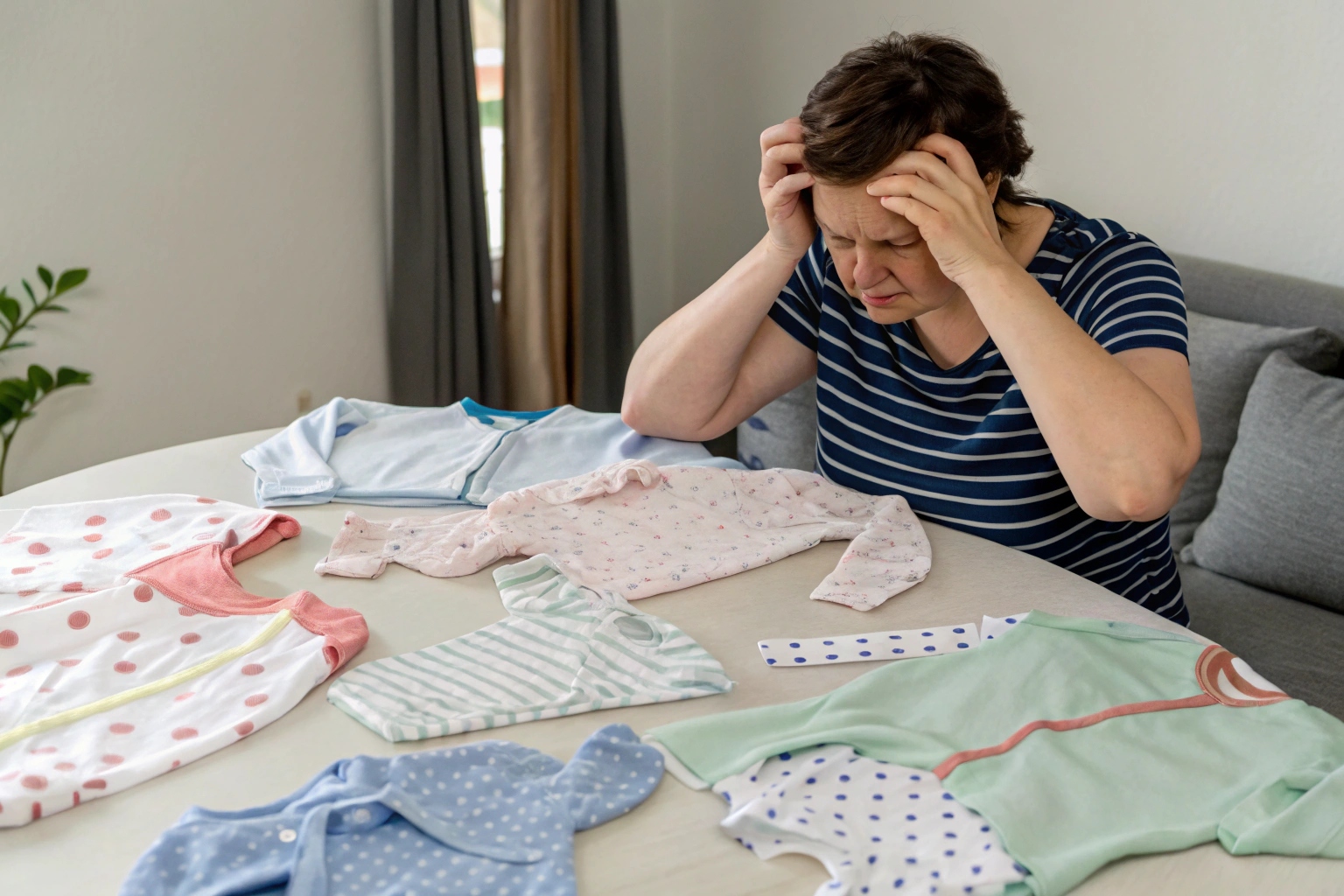Picking clothes for a newborn should be quick—but most parents spend hours browsing, comparing, and second-guessing. The choices feel endless, but the satisfaction? Not so much.
Shopping for infant clothing is time-consuming because of inconsistent sizing, unclear fabric info, fast growth cycles, and overwhelming choices.
Let’s walk through what makes this process so exhausting—and how I approach it differently when creating or sourcing newborn clothes that actually meet real parent needs.
What Should Be the Most Important Consideration When Shopping for Clothes for a Newborn?
Parents often go for the cutest romper first—but that doesn’t always mean it’s the best choice for a newborn’s daily comfort and safety.
The most important consideration when buying for a newborn is comfort—specifically soft fabrics, easy access for changing, and baby-safe construction.
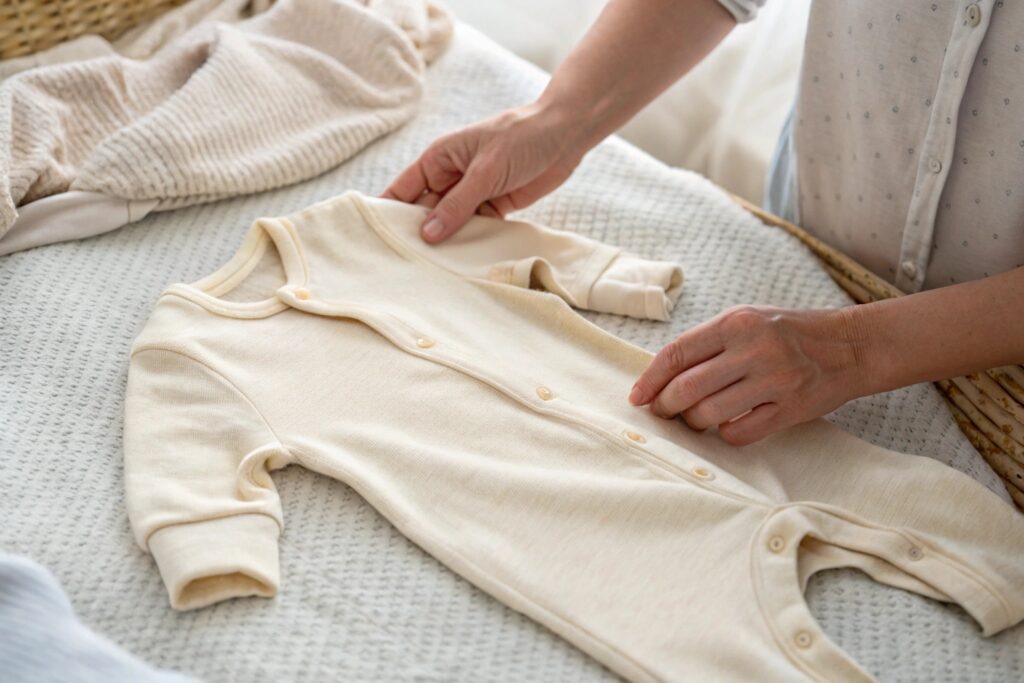
Why is comfort more important than style, brand, or even price when choosing clothes for a newborn?
Newborns sleep, feed, and wriggle all day. Their skin is extremely sensitive. Any fabric that’s too rough or seams that rub the wrong way can cause irritation. I've seen parents return outfits that “looked amazing” but left red marks after one wear.
Here's what I prioritize when sourcing or recommending newborn clothes:
| Priority | What It Means |
|---|---|
| Softness | Organic cotton, bamboo, no scratchy tags |
| Functionality | Easy snaps or zippers for diaper changes |
| Fit | Room for diapers, not tight around arms or neck |
| Safety | No loose buttons, beads, or choking hazards |
How can brands communicate comfort clearly to busy parents?
Hangtags and product pages that mention “hypoallergenic,” “OEKO-TEX certified,” or “flat seams” catch attention. I also recommend simple icons: a feather icon for softness, a clock for easy-change features, and a baby face for safe fabrics. Clarity cuts decision time in half.
Why Do People Buy New Clothes So Often?
Baby clothes aren’t worn out—they’re outgrown. Fast. That’s why parents feel like they’re shopping non-stop—even when they already have a drawer full of onesies.
Parents buy baby clothes frequently due to rapid growth, changing seasons, stains, gifting culture, and evolving needs like crawling or daycare.
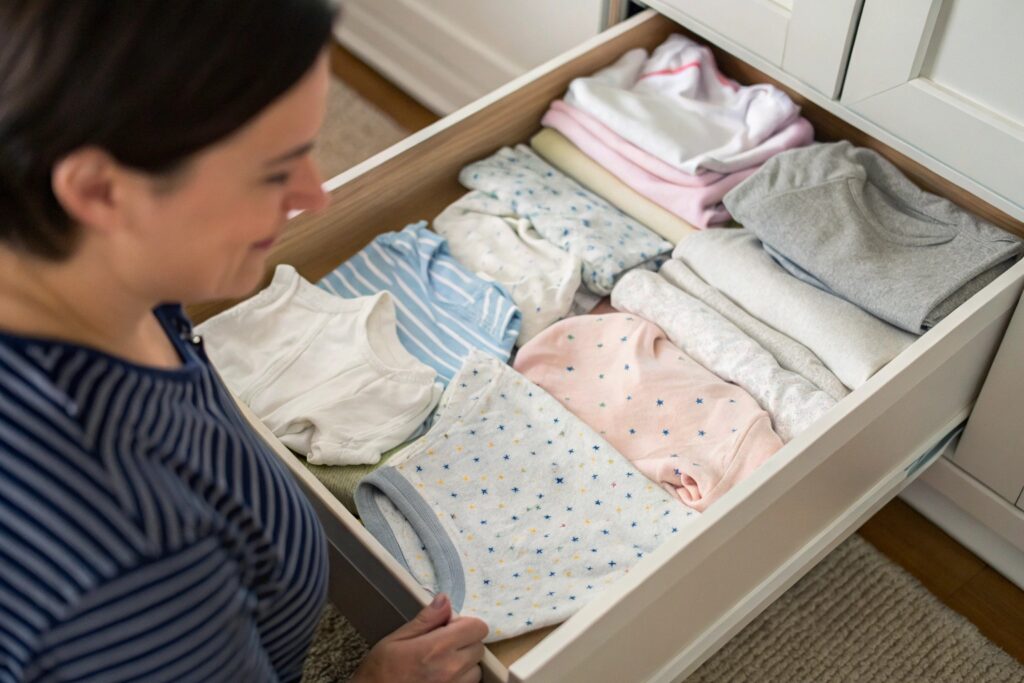
What causes parents to buy again and again—even when they try to shop smart the first time?
It comes down to unpredictability. Babies grow in spurts. A 3–6M size might fit for only 4 weeks. Then there's mess—explosive diapers or mealtime spills that stain beyond saving. Also, each development stage needs different designs: sleeveless for tummy time, grippy socks for walking, layers for daycare.
Here’s a breakdown of what drives repeat shopping:
| Reason | Example |
|---|---|
| Growth spurts | Outgrowing size 66 in just 2 weeks |
| Seasonal change | Adding jackets, hats, or lighter fabrics |
| New activities | Daycare uniforms, first birthday outfit |
| Gift occasions | Baby showers, holidays, milestones |
What can brands do to reduce buying fatigue for parents?
Flexible sizing like “0–6M” stretch-fit rompers help. So do pre-built bundles by season or activity. I've seen brands succeed with “capsule wardrobes”—offering 6–8 coordinated pieces that mix and match, reducing the need for constant buying.
Which Among the Factors Is the Most Important to Consider When Selecting Children's Clothing?
With so many options, parents ask themselves: Do I go for organic? Or size flexibility? Or price? Which matters most?
The most important factor when selecting children’s clothing is the balance of safety, comfort, and practicality—because kids grow, move, and play hard.
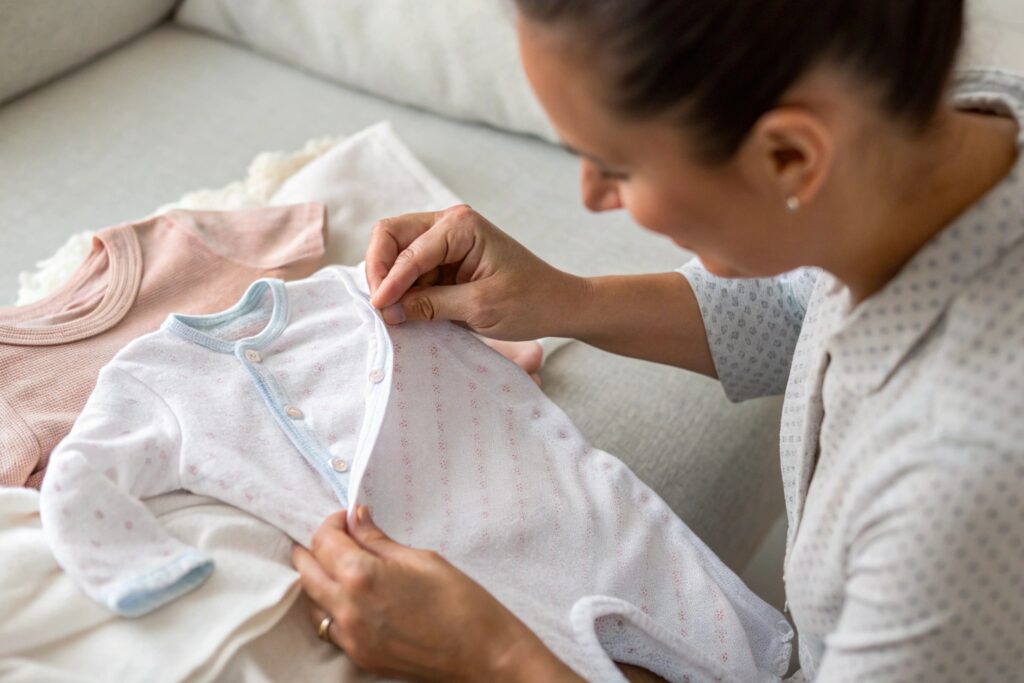
Why do parents often get overwhelmed when choosing clothes—and how can I help simplify that decision?
There are too many trade-offs. One romper is soft but hand-wash only. Another is durable but has tricky buttons. I always advise buyers to follow the “Core 3 Rule”:
- Comfort: Soft, breathable, tag-free
- Function: Easy to wear, diaper-friendly
- Safety: Choking-hazard free, skin-safe fabrics
When these are met, parents feel confident—even if the color or price isn’t perfect.
Here’s a quick checklist I often use in product development and retail consulting:
| Checklist Item | Must-Have For Ages |
|---|---|
| No scratchy tags | 0–12M |
| Easy diaper access | 0–18M |
| Machine washable | All ages |
| Minimal buttons | 0–24M |
| Soft waistbands | 3M+ |
How can product presentation help parents choose more easily?
Photos that show close-ups of zippers, cuffs, and stretch are key. I also suggest clear bullet points instead of long product descriptions. A “Why Parents Love It” box with three benefits builds faster trust.
Why Is Baby Clothing So Expensive?
People think baby clothes should cost less because they’re tiny—but that’s not how manufacturing works.
Baby clothing costs more due to safety testing, quality materials, special construction, and low production volume compared to adult clothing.
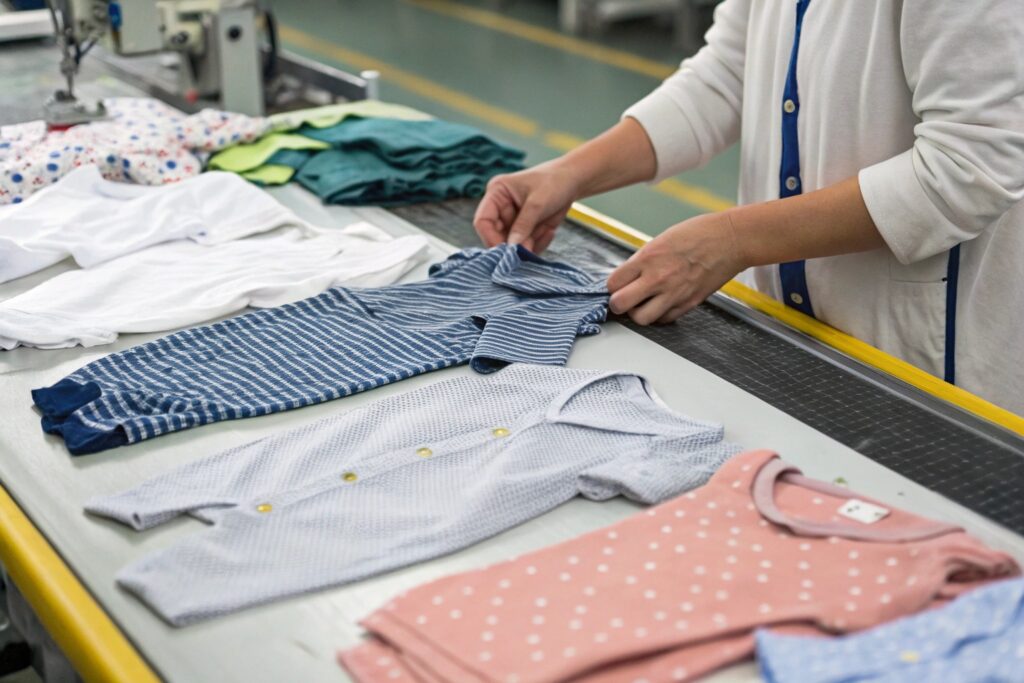
What makes babywear more expensive to produce—even when the fabric amount is small?
Infant garments require:
- Higher quality stitching to withstand frequent washing
- Safe trims (no small buttons or snaps that fall off)
- Soft, non-toxic dyes and finishes
- Flat seams and tagless labels
Also, factories often produce babywear in smaller batches. A factory may run 500 adult tees but only 100 newborn bodysuits. That drives per-piece cost up.
Here’s a simple cost comparison table:
| Item Type | Avg. Fabric Used | Testing Required | Labor Steps | Cost to Produce |
|---|---|---|---|---|
| Adult T-shirt | 1.2m | Basic | 4–5 | Low |
| Baby Romper | 0.4m | High (OEKO/BSCI) | 8–10 | Medium–High |
Can brands offer lower-cost babywear without cutting quality?
Yes, but it takes smart design. Fewer trims, one-piece sets, shared fabric bases across styles—all lower cost. I’ve helped brands reduce costs by 15–20% by simplifying the design without touching quality. It’s about working with the right factory that understands babywear—not just generic garment production.
Conclusion
Shopping for baby clothes shouldn’t feel like a full-time job—but it often does. When we focus on comfort, safety, and smarter options, we make it easier for parents—and better for brands.

